Jigokudani monkey park: the most famous hot spring with monkeys in Japan
Disclosure
Welcome and thank you for visiting this article. Before you start reading, you need to know that some of the links on my website are affiliate links from which I receive a small commission from the sale of certain items, but the price remains the same for you.
Follow me on Instagram for your daily dose of wanderlust inspiration!
Connect with me on Instagram!
A visit to Jigokudani Monkey Park in Japan is a unique and unforgettable experience that should be on everyone’s bucket list. at least it was definitely at the top of my list.
Jigokudani is home to a large population of wild Japanese Macaques, also known as Snow Monkeys. These remarkable creatures are famous for taking a bath in the hot springs of the area to keep warm and fend off the bitter cold during winter.
During the Japanese winter of 2023, I made a road trip across the Chubu region and a visit to see the most famous hot spring with monkeys in Japan was definitely on the itinerary.
In this article, I explain how you can explore the beautiful mountains of Jigokudani yourself to see the monkeys bathe in the hot springs, along with many extra tips and, of course, beautiful photos to inspire you.
READ ALSO: Winter in Japan road trip: the best of the Chubu region in 7 days
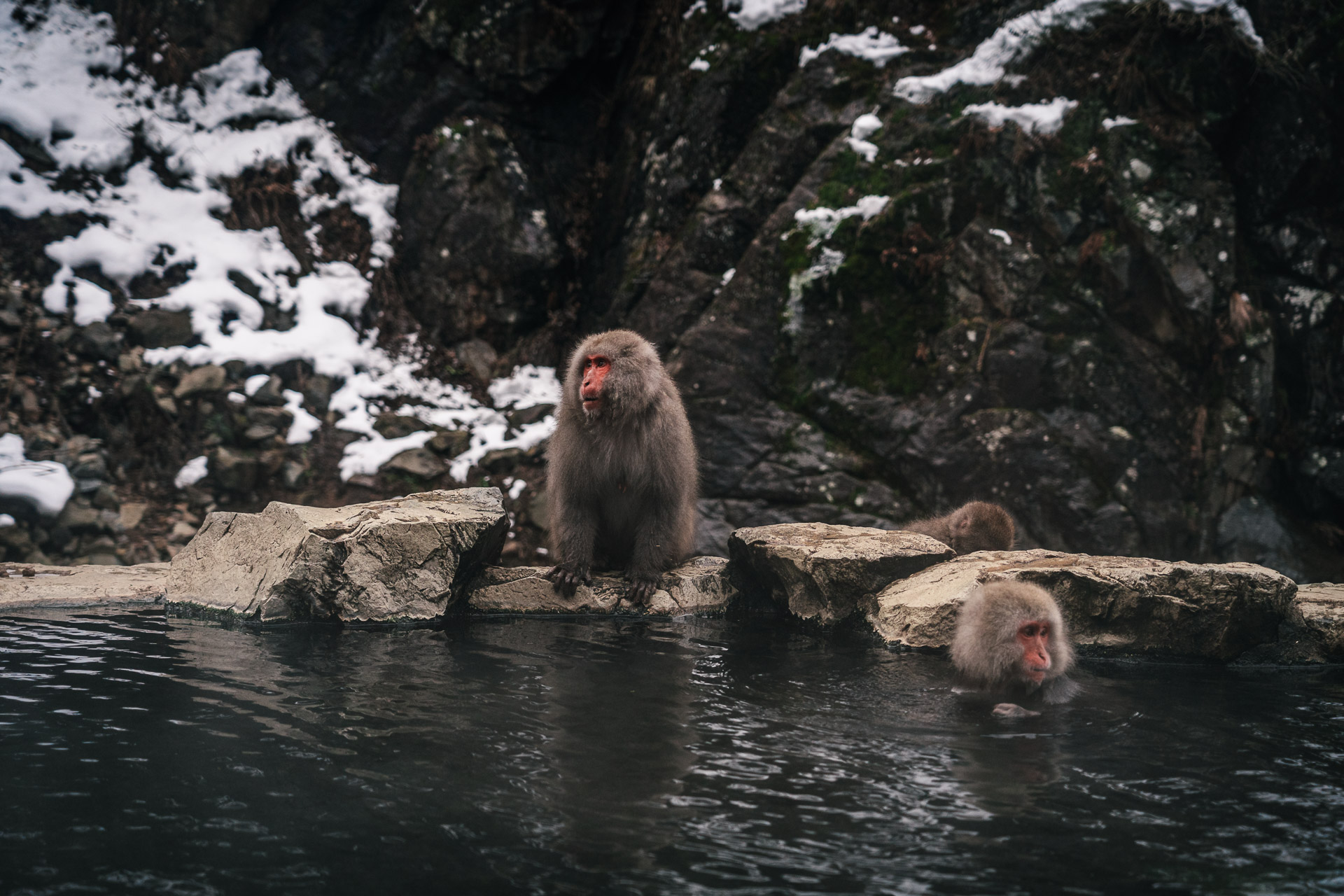
Where is Jigokudani Monkey Park in Japan?
Jigokudani Monkey Park is one of the most unique and picturesque destinations in Japan. Located in the heart of the Joshinetsu-Kogen National Park, the park is home to a group of Japanese Macaque monkeys.
The park is situated in the Nagano Prefecture, which is a few hours’ drive from Tokyo and it’s a scenic 30-minute walk through the forest to reach the entrance of the park.
The journey is well worth it, as the park offers breathtaking views of the snow-capped mountains and a chance to see the adorable snow monkeys up close. If you’re planning a trip to Japan, make sure to add Jigokudani Monkey Park to your itinerary for a unique and unforgettable experience.
READ ALSO: The best 5-day Tokyo itinerary – Tokyo guide
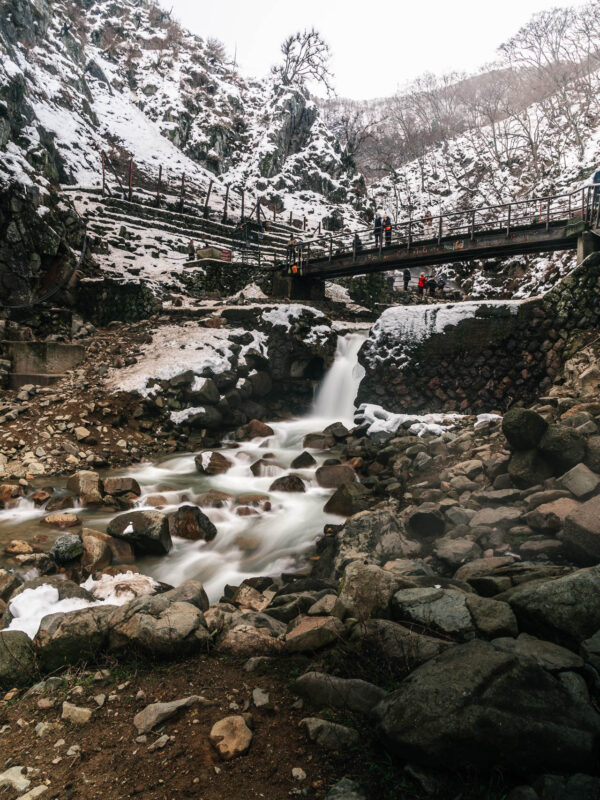
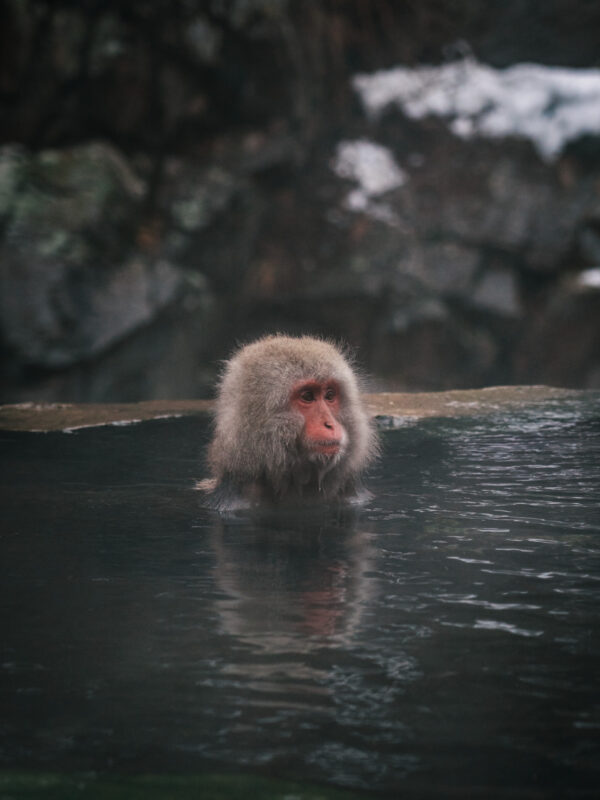
How to get to Jigokudani Monkey Park from Tokyo?
Getting to Jigokudani Monkey Park from Tokyo is a bit of a journey, but definitely worth it for the unique and unforgettable experience. The park is located in the Nagano prefecture and is a popular destination during winter in Japan where you can experience snow monkeys in their natural habitat.
BY TRAIN:
Take the JR Hokuriku Shinkansen from Tokyo to get to Nagano by train. If you don’t have a JR Rail Pass, this trip takes almost two hours and costs about 8,000 JPY.
From Nagano, you switch to the Nagaden train, which is right next to the Nagano JR station and go to Yamanouchi (Yudanaka Station).
This ride will take 1 hour and 15 minutes and cost 1190 JPY.
When you get to Yudanaka Station, you can buy a 300 JPY bus ticket that will get you to the Snow Monkey Park bus stop in 10 minutes and from there it is another 35-minute walk to the entrance of the park.
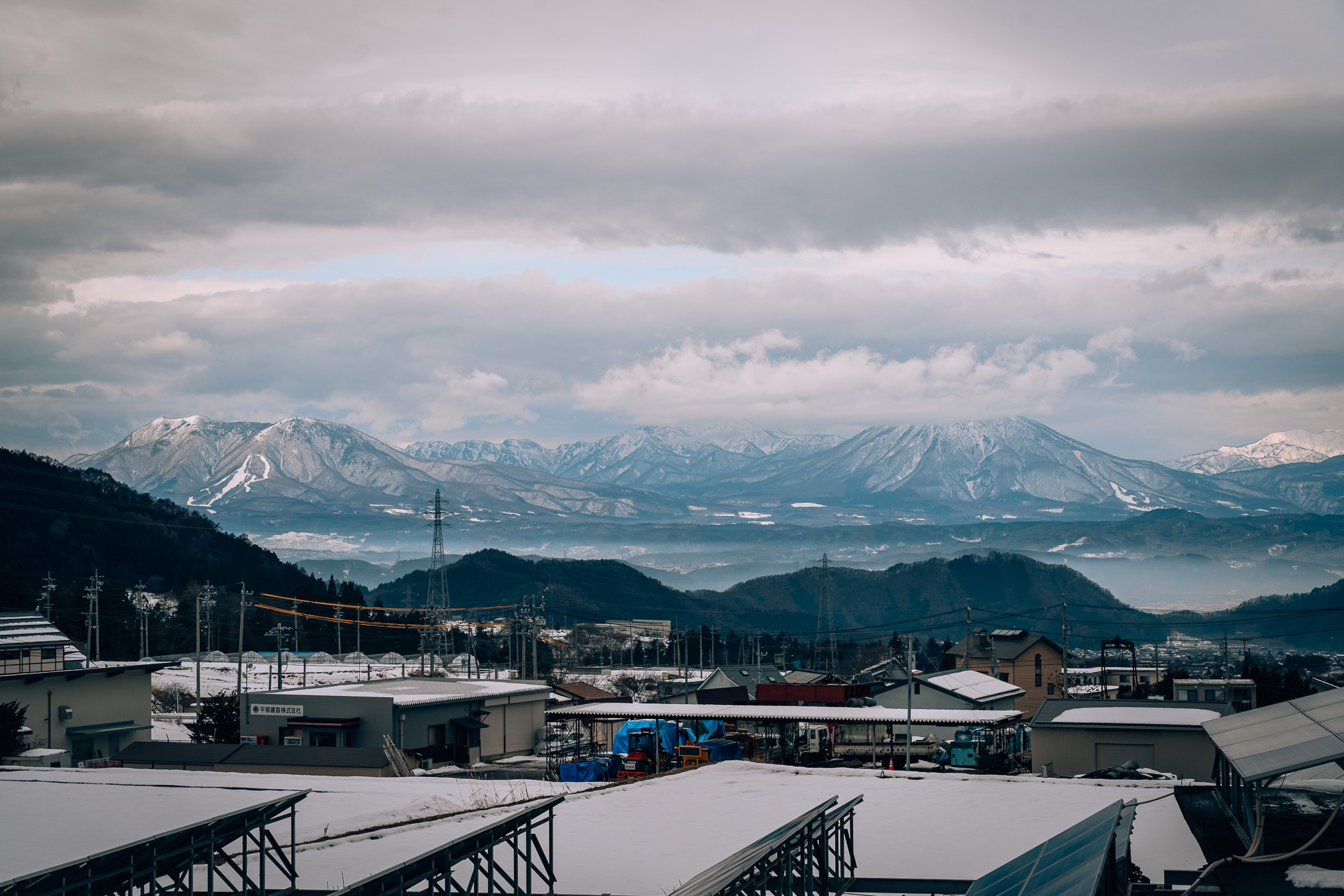
Get your JR rail pass in advance!
BY CAR:
Getting to Jigokudani Monkey Park from Tokyo by car is a scenic drive that takes approximately 4h 30 min. and needs proper preparation. (I would recommend downloading an offline map or using google maps)
If you rent a car, as I did, follow the signs to Tsurugashima/Kawagoe and then take the E17 to Fujioka, no matter which airport you’re coming from.
Here, take the exit towards Chikuma (E18/Koshoku JCT).
Take the exit towards Nakano on the Hokuriku Expressway when you are almost at Chikuma.
From the moment you arrive in Nakano, you will see signs pointing you in the direction of the Jigokudani Monkey Park or Yamanouchi. Take the exit towards Shiga-Nakano Toll Road towards Yudanaka in Yamanouchi.
You’ll need to drive a little outside of town to reach the Shigakogen Roman Museum, but once you’re there, you’ll see signs leading you to the park’s parking lot.
READ ALSO: The perfect itinerary for Japan in 3 weeks
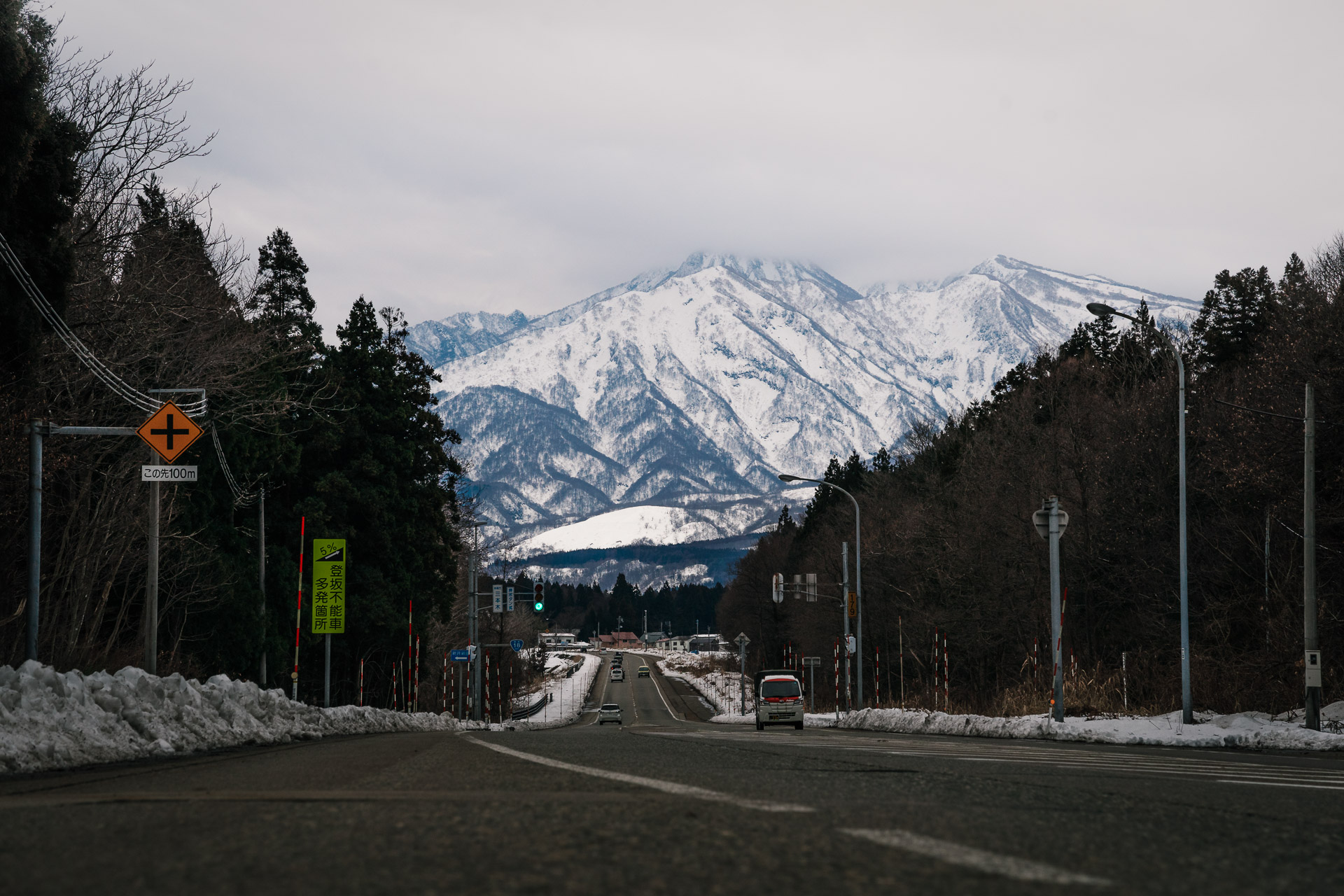
Best time to see the Japanese snow monkeys in the hot springs.
The best time to see the snow monkeys relaxing in the hot springs is during winter, from December through March. During this time of year, the area around the hot springs gets heavily covered with snow which makes it an ideal setting for these cute creatures to relax and play.
You can watch them up close from viewing platforms nearby as they soak themselves in the thermal waters and even witness some unique behaviours like grooming one another or cuddling up to stay warm.
However, be prepared for crowds during peak season and wear appropriate clothing as temperatures drop well below freezing point. It’s advisable to visit early morning or late afternoon when there are fewer tourists, and it’s an unforgettable experience that shouldn’t miss out on while you explore Japan.
I went on a Tuesday afternoon and it was pretty crowded with tours coming from Tokyo or nearby ski resorts but it didn’t affect my experience in any way. everyone respected the peace and environment of the animals.
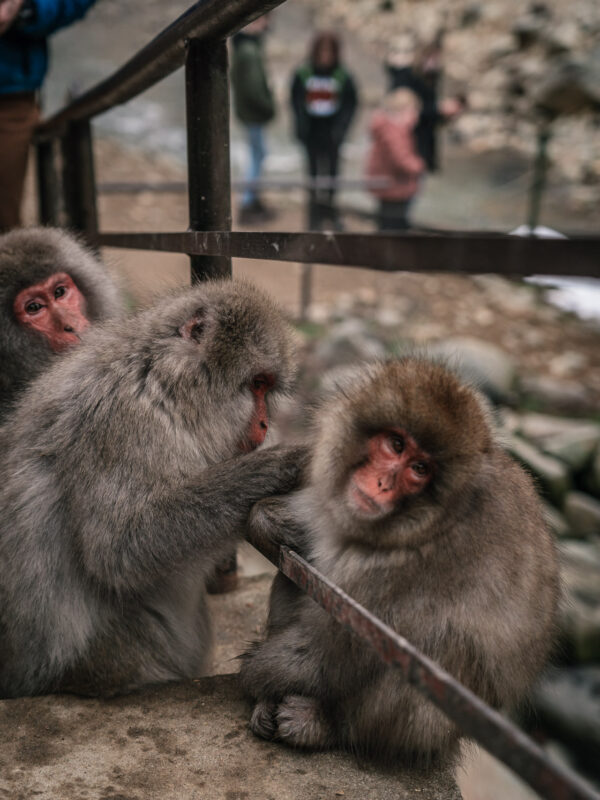
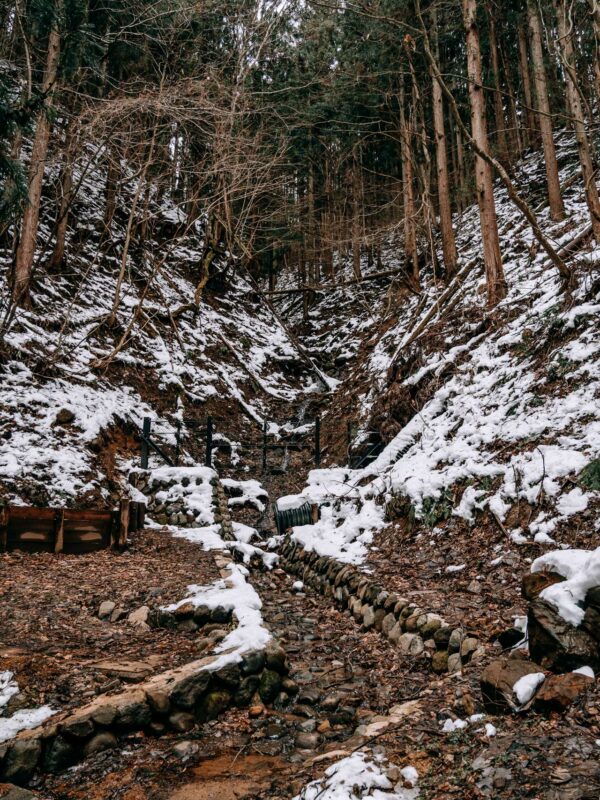
Hotels near Jigokudani Monkey Park?
I stayed in Ryokan Kaneki in Shibu Onsen, which is about a 15-minute drive from the park, but there are plenty of other options.
For those who would rather stay in a city but are on a tighter budget, Nagano is a great option, while a Ryokan experience would be truly unforgettable. Although this is frequently more expensive.
In my experience, the APA chain of hotels in Japan offers the best value for your money. I stayed at the APA Hotel in Myoko for a few nights while skiing at the nearby Akakura Onsen Resort.
READ ALSO: 21 Best hotels in Japan
Is there an entrance fee to the park?
Jigokudani Monkey Park is a must-visit destination in Japan, especially if you’re an animal lover. While the park is famous for its hot spring-loving snow monkeys, you might be wondering about the admission fee.
The entrance fee for the park is 800 JPY for adults, which is roughly around €5,5 and 400 JPY / € 2,2 for kids. However, it’s important to note that the admission fee is subject to change depending on the season or any events taking place in the park.
The admission fee grants you access to the park’s trail, which leads to the hot spring where the monkeys usually hang out. It’s truly an unforgettable experience to watch the monkeys relax in the hot spring, surrounded by snow and beautiful mountains.
Visiting Jigokudani Monkey Park is definitely worth the admission fee and long journey as it’s an opportunity to witness these fascinating animals in their natural habitat.
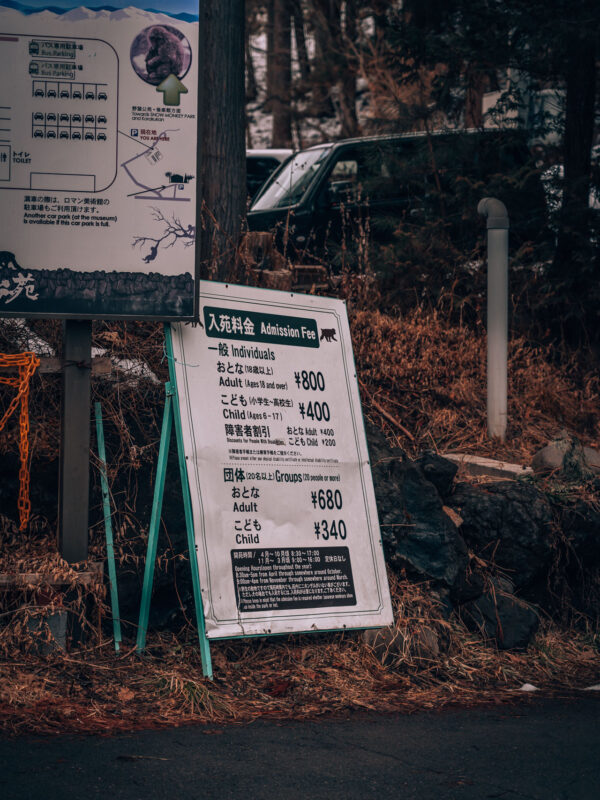
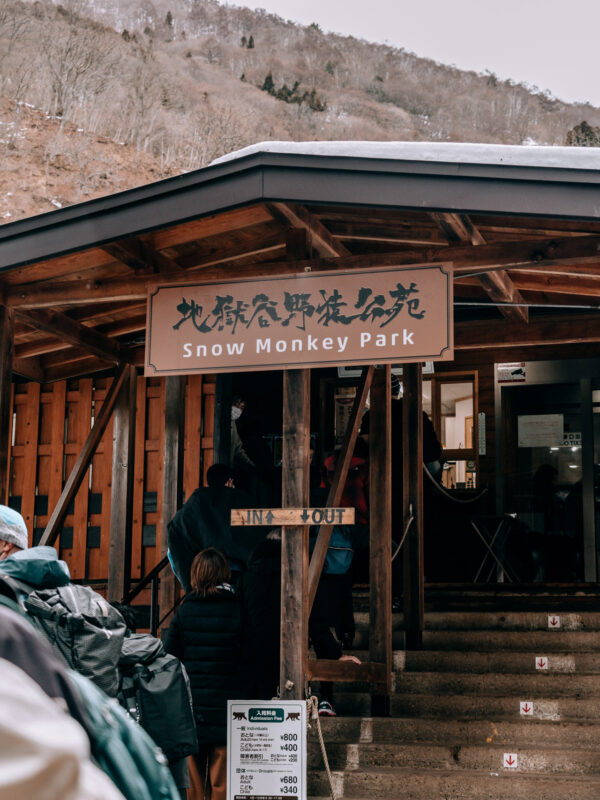
Check the Jigokudani Monkey Park Live Camera.
If you’re planning a trip to Jigokudani Monkey Park in Japan, checking the live camera feed before you go can help you plan your visit. The live camera feed allows you to see what the monkeys are up to in real time and gives you an idea of how crowded the park might be.
You can also use the live camera to plan your visit around the time when the monkeys are most active, which is usually early in the morning or late in the afternoon.
To check the live camera feed, simply visit the park’s official website and click on the live camera link. Keep in mind that the camera feed may experience downtime due to weather conditions or technical issues, so it’s always a good idea to check back later if it’s not working.
CHECK THE LIVE CAMERA: Jigokudani Snow Monkey Park Website
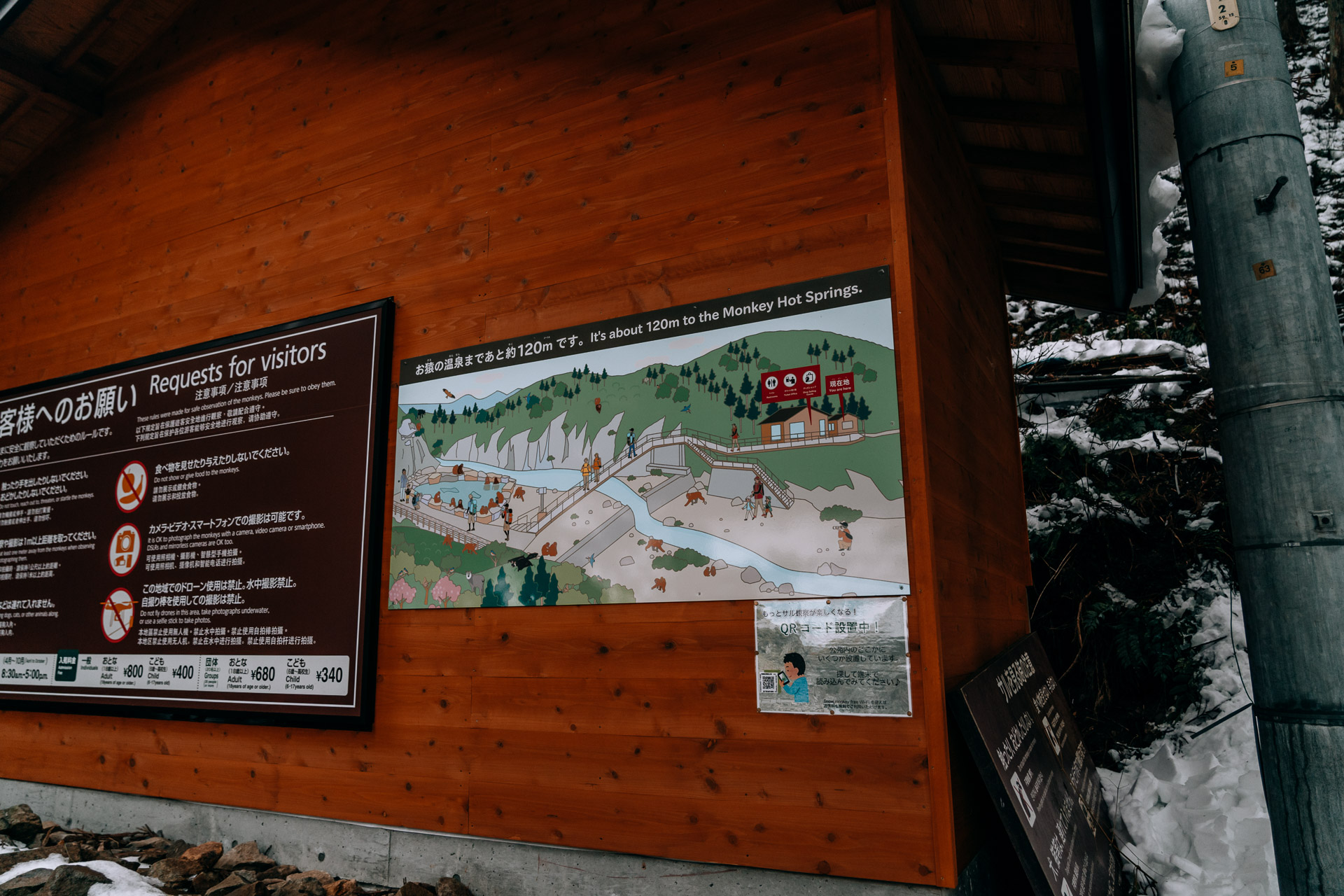
What to Bring or avoid into the Park?
There are a few things you should keep in mind when packing your bag for a trip to the snow monkey park.
First and foremost, make sure to bring a good pair of walking shoes. The park is nestled in the mountains of Nagano, Japan, and the trails can be rocky and steep in some areas.
It’s also a good idea to bring warm clothing, as the park is famous for its colder climate, especially during the winter months from November to March.
However, there are also a few things you should avoid bringing to the park, such as food or drinks. The monkeys are wild animals, and feeding them can be dangerous for both you and the animals.
Additionally, the park rangers ask that visitors not bring any selfie sticks or tripods, as they can be a hazard to other visitors and the monkeys themselves.
With a little bit of preparation and the right mindset, a visit to Jigokudani Monkey Park is sure to be a highlight of your trip to Japan.
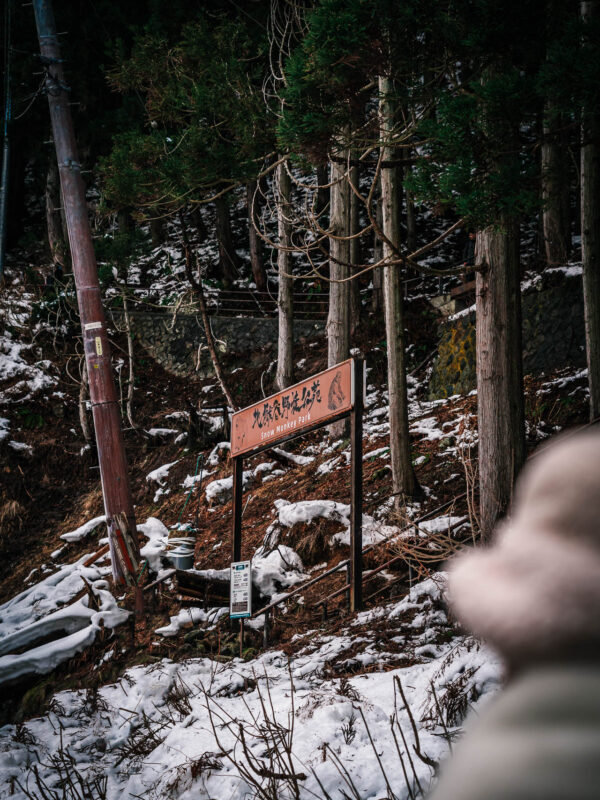
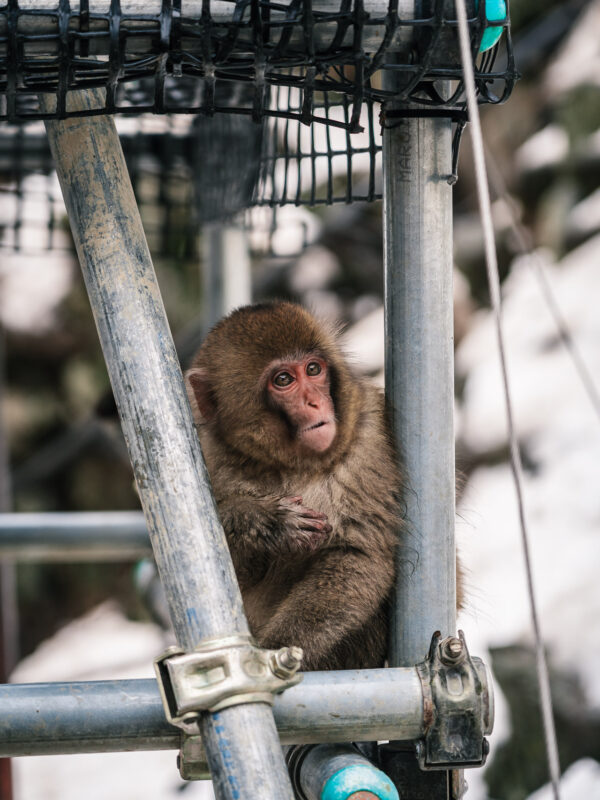
From the parking area to the entrance of the park
There are a few different parking areas to choose from, depending on where you’re coming from it will take about 25-40 minutes to reach the entrance of the park and you’ll have to hike along a well-maintained trail that winds its way through the forest.
Along the way, you’ll be surrounded by the natural beauty of the Japanese mountains, with stunning views of the valley below. As you get closer to the park entrance, you’ll start to see more and more signs of the resident snow monkeys, who are known for lounging around in the hot springs that dot the landscape.
Once you reach the entrance, you’ll be greeted by park rangers who can answer any questions you might have and help you make the most of your visit. With a little bit of planning and a sense of adventure, getting to the Jigokudani Monkey Park is a breeze.
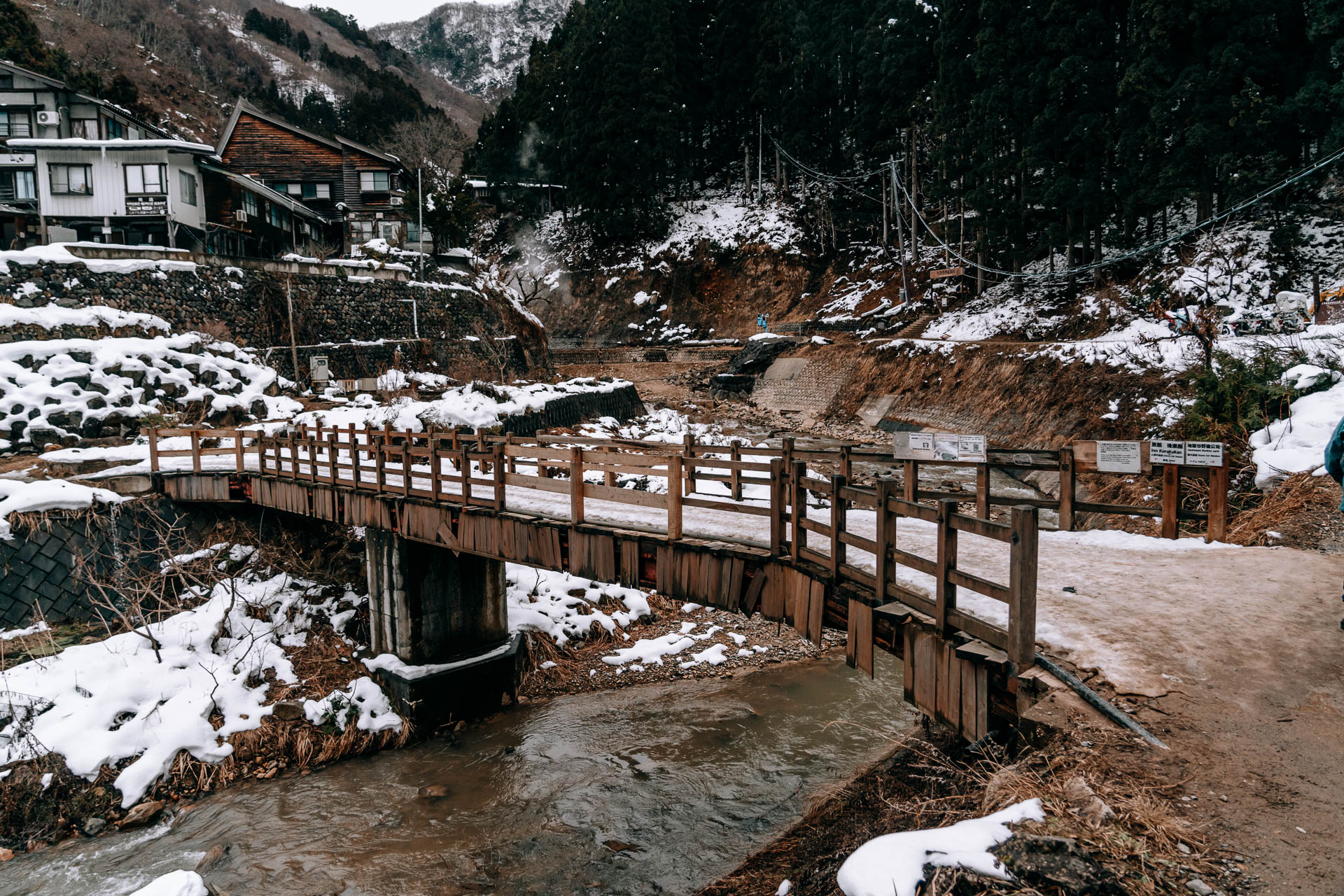
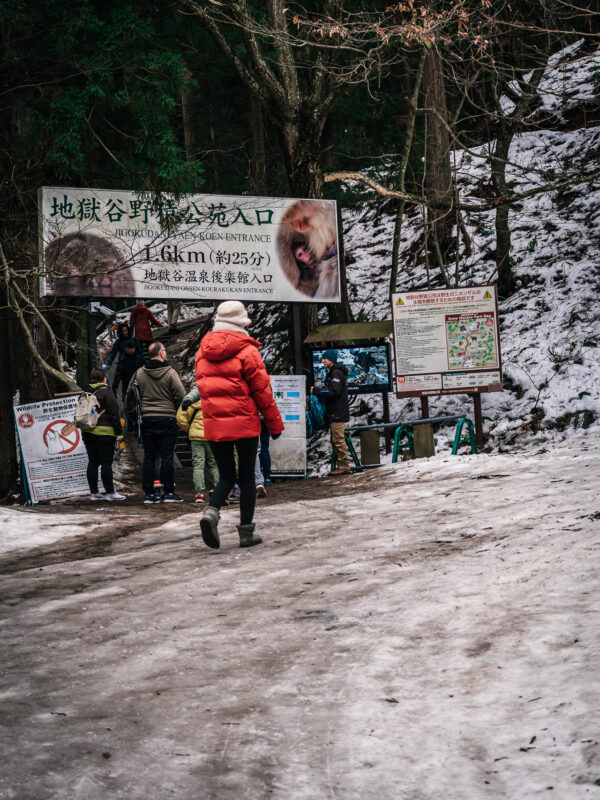
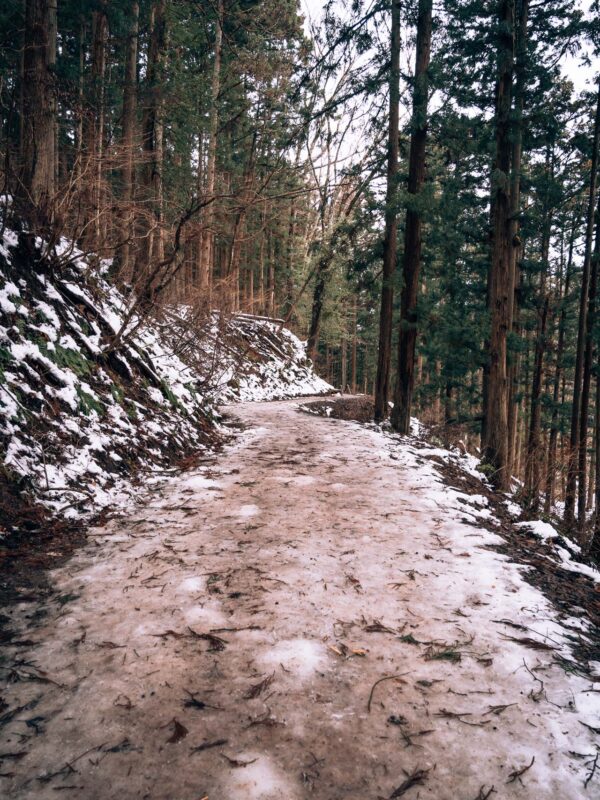
Admiring the Monkeys Bathing in the Onsen
Many Japanese macaques are freely roaming the park and will greet you as soon as you enter. You can take a stroll down to the river on the left and watch the monkeys play or relax in the natural onsen water at the foot of a lovely little waterfall.
If you continue on your way, you’ll reach the bridge that leads to the Japanese monkeys enjoying the hot springs. They didn’t seem bothered by our presence, and watching them interact with each other was fascinating.
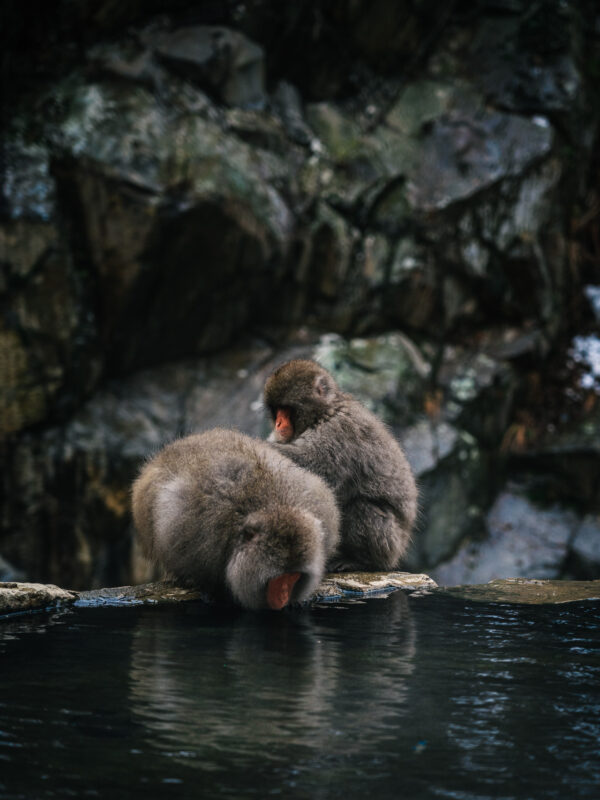
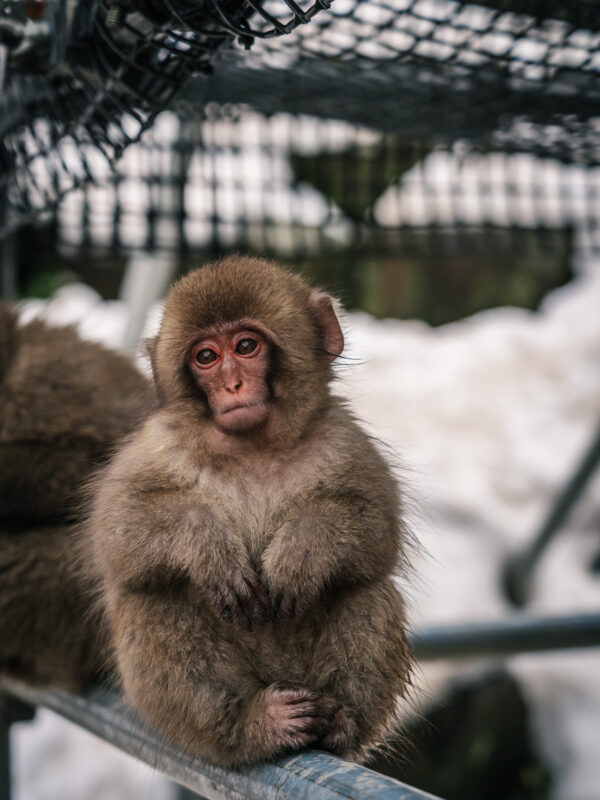
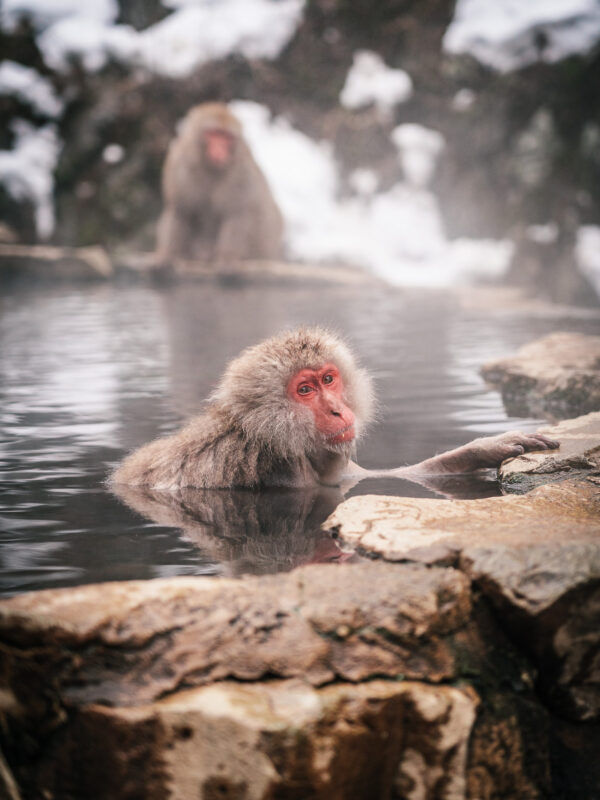
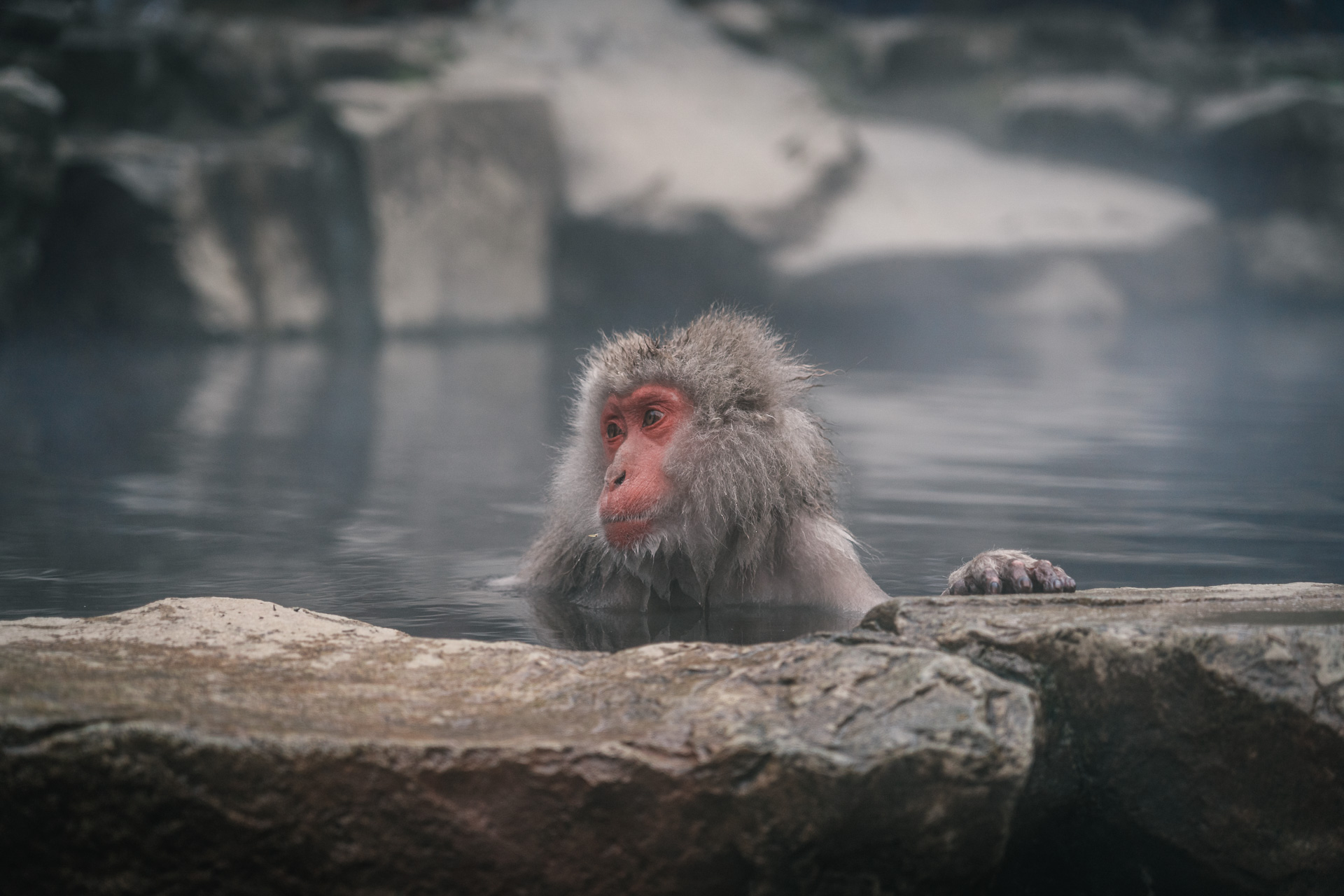
Go for a stroll in the park and hang out by the river.
After spending some time watching the monkeys in the hot springs, I went on exploring the rest of the park and couldn’t resist watching the baby monkeys playing around on construction in the park. It is amazing to see how these little creatures can balance themselves and jump around.
There are a few paths that you can follow to observe the Japanese macaques from different angles and before the bridge is a path that leads to the Yokoyu River, giving you spectacular views of the surrounding mountains.
On this path were many monkeys grooming each other’s fur, which is actually called social grooming or allogrooming. Monkeys will often groom those with whom they have close relationships, either to maintain the bond or to apologize for any previous aggressive behaviour.
Before we headed back we had a short walk near the river which was a very relaxing and calming experience that allows you to connect with nature.
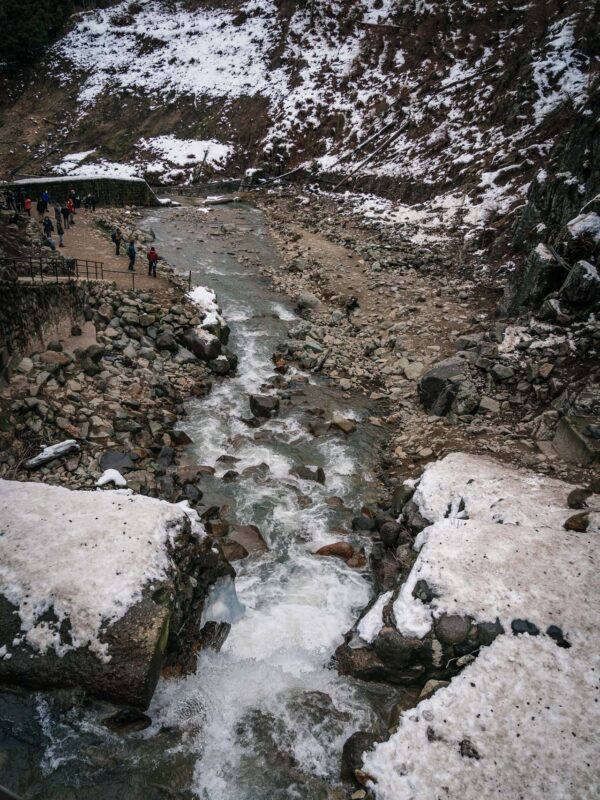
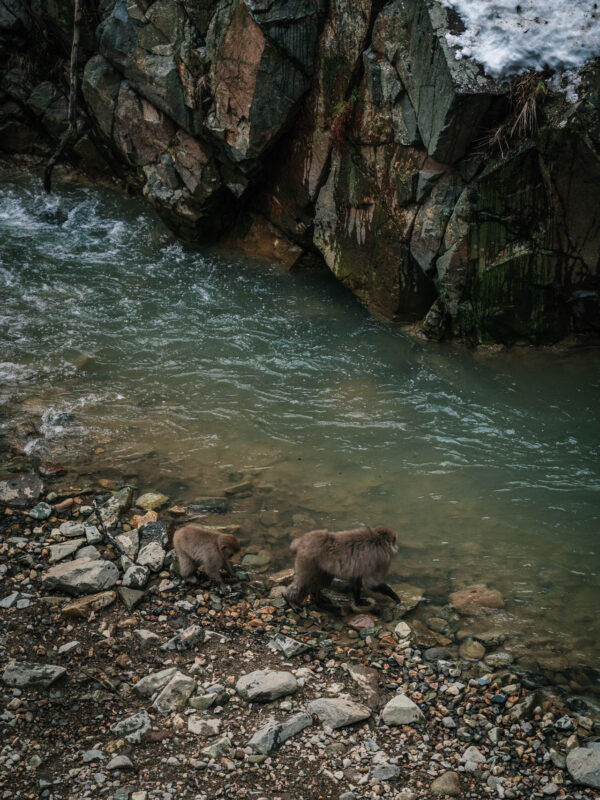
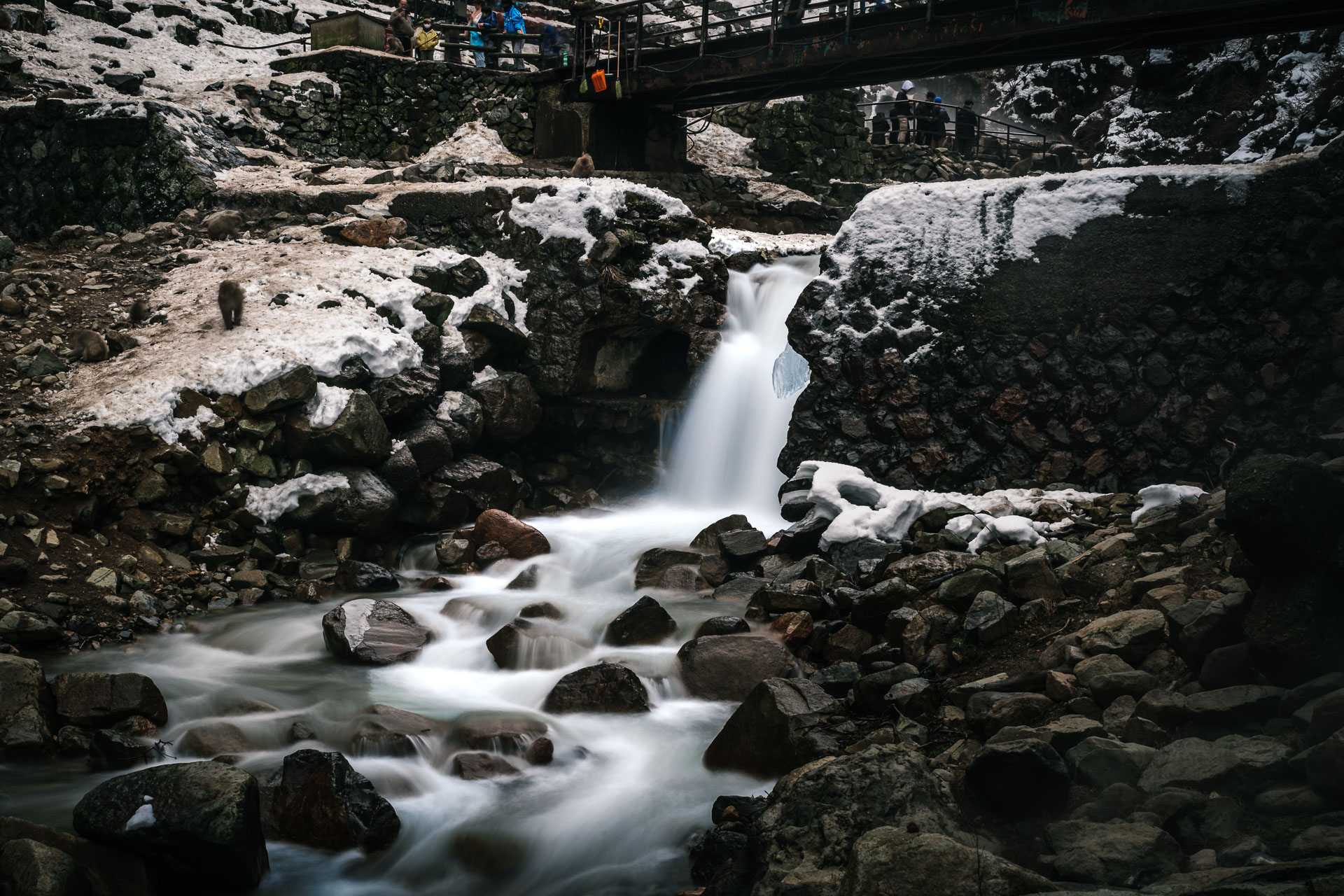
Visiting Jigokudani Monkey Park was an unforgettable experience that I highly recommend to anyone travelling to Japan.
The sight of the bathing monkeys in the hot springs is a unique and beautiful spectacle, and the park’s surrounding scenery is simply breathtaking.
However, remember to dress appropriately, bring a camera, and respect the animals’ boundaries. It’s an adventure that’s worth the effort, and I can’t wait to visit again.

Read more articles about Japan
-
Jigokudani monkey park: the most famous hot spring with monkeys in Japan
Plan your visit to the snow monkeys in Japan with my favorite travel apps
To plan my adventures, I use these FREE websites and apps as they provide the best information, the best deals, and they are user-friendly.
- Skyscanner – Flight deals
- Booking.com – Hotels and accommodation
- TourRadar – Group trips
- TripAdvisor – Reviews and activities
- HostelWorld – Hostels
- GetYourGuide – Activities and excursions
- RentalCars – Car rental
- Omio – Transport
- iVisa – Travel documents
- Wise – Money transfer
- World Nomads – Travel Insurance
PICTURES AND EDITING
All the pictures on this page are made and owned by me. If you are interested in some pictures to use for your magazine, website, blog, or any other purpose, just send me an email and we’ll figure it out.
Do you like the edits? My Presets will be online soon so you can edit your pictures in just one click!
The camera gear I used for this trip
I never go out without my camera and many people ask me which gear I use. So to make it quite easy, I listed all the gear I used for this trip below.
Most of the time, I travel with the Sony A7III and the Sony 24-105mm/f4 as my primary lens but depending on the location, I change to another setup. However, I love the Tamron 17-28 to shoot in the big cities.


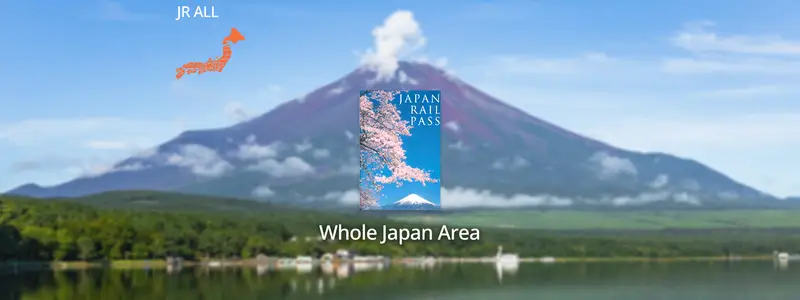
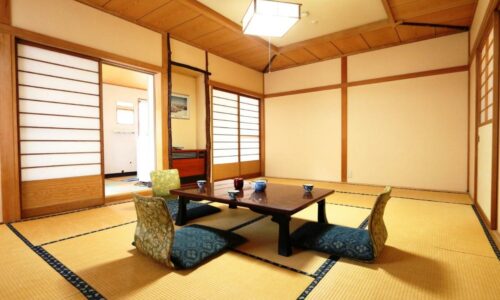
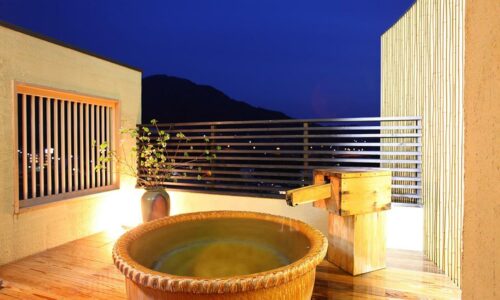
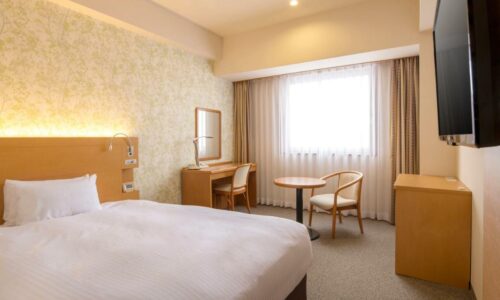
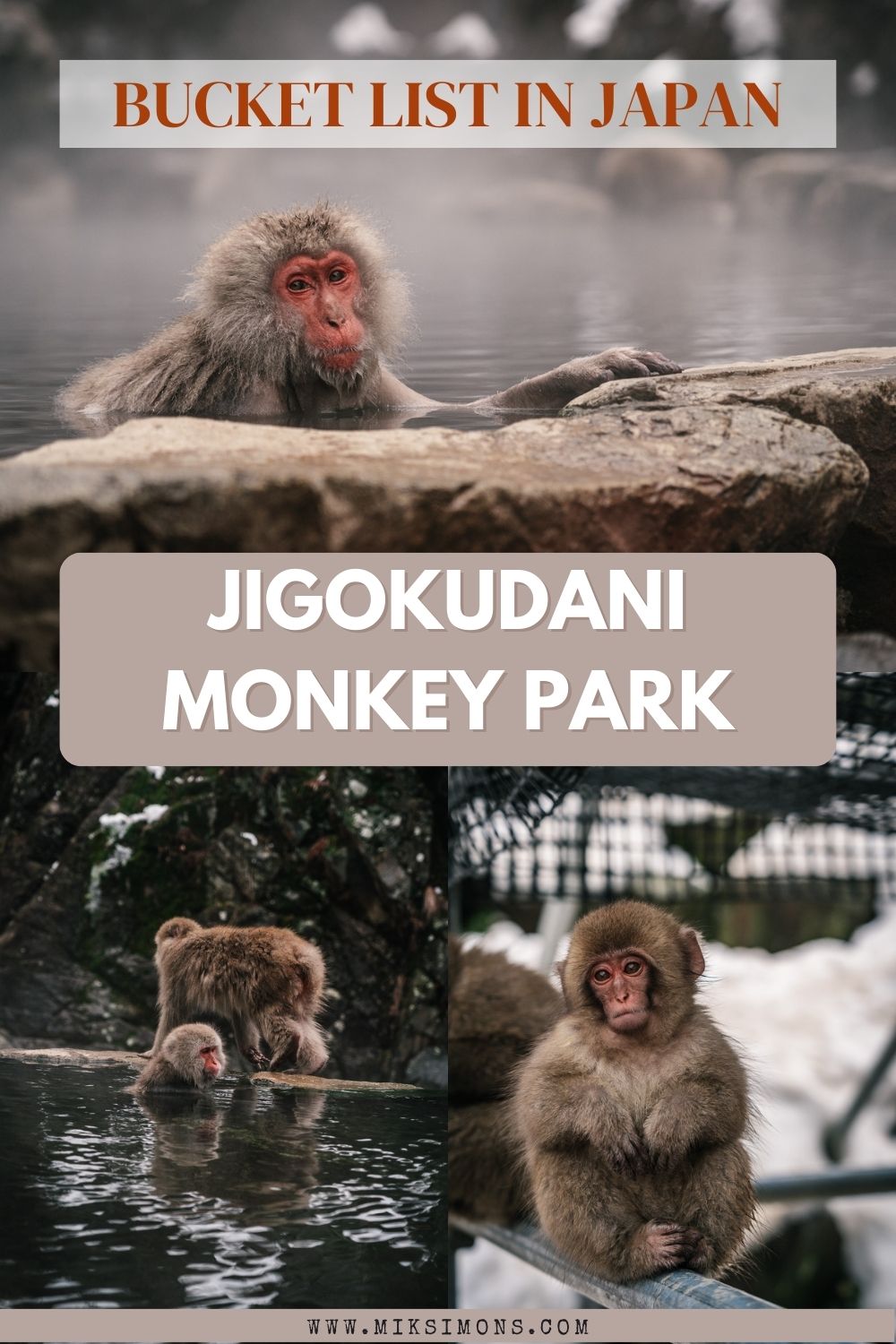
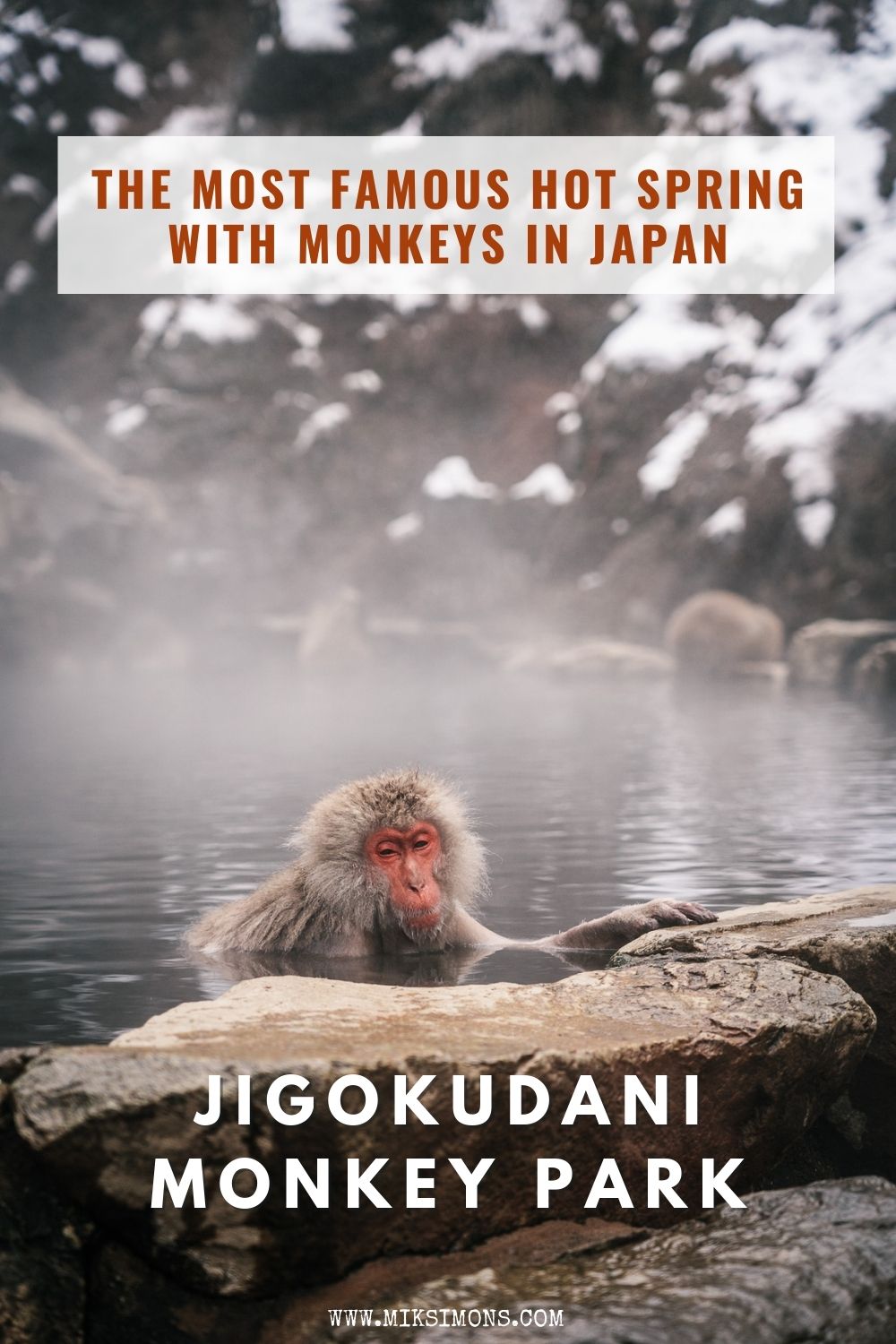
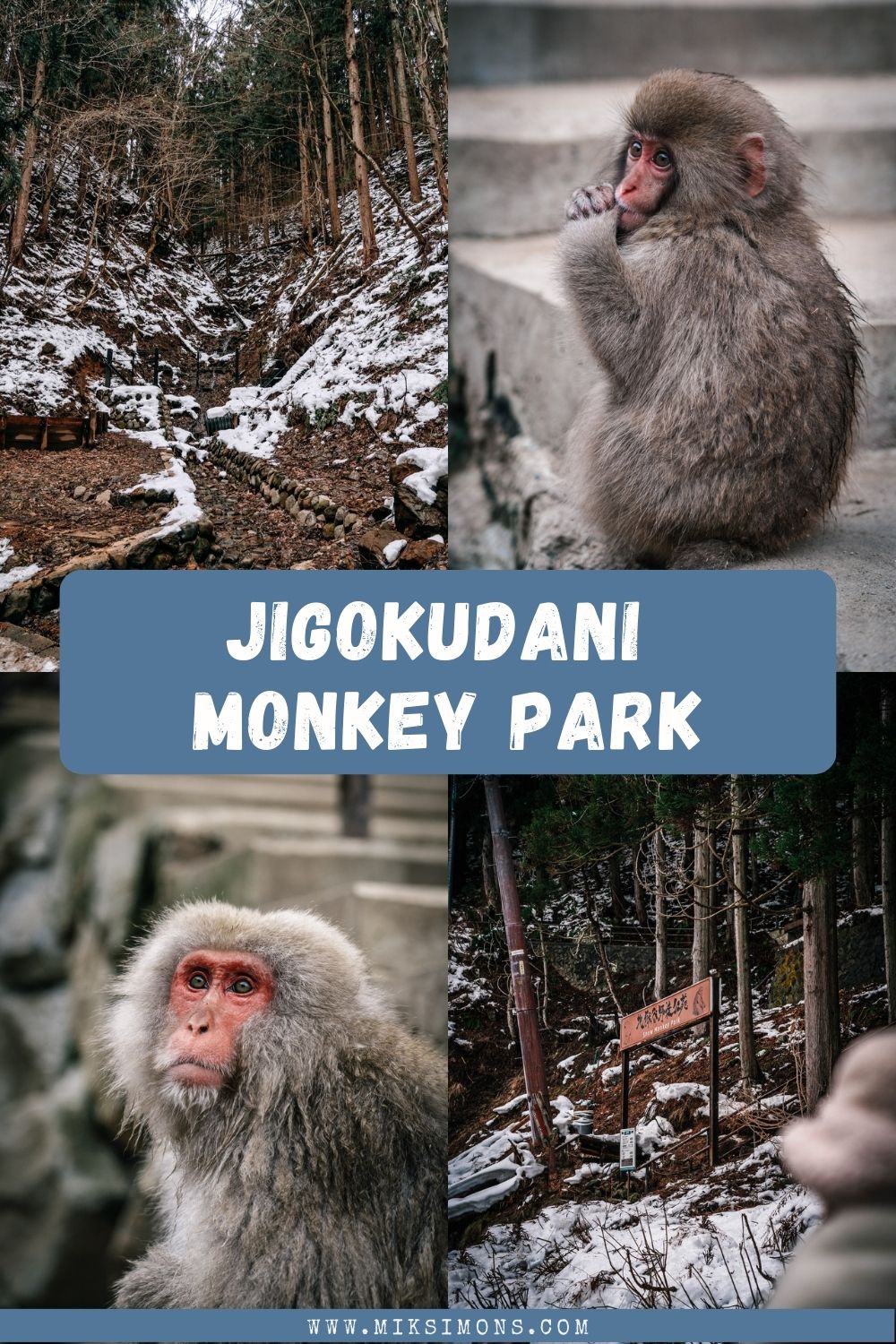
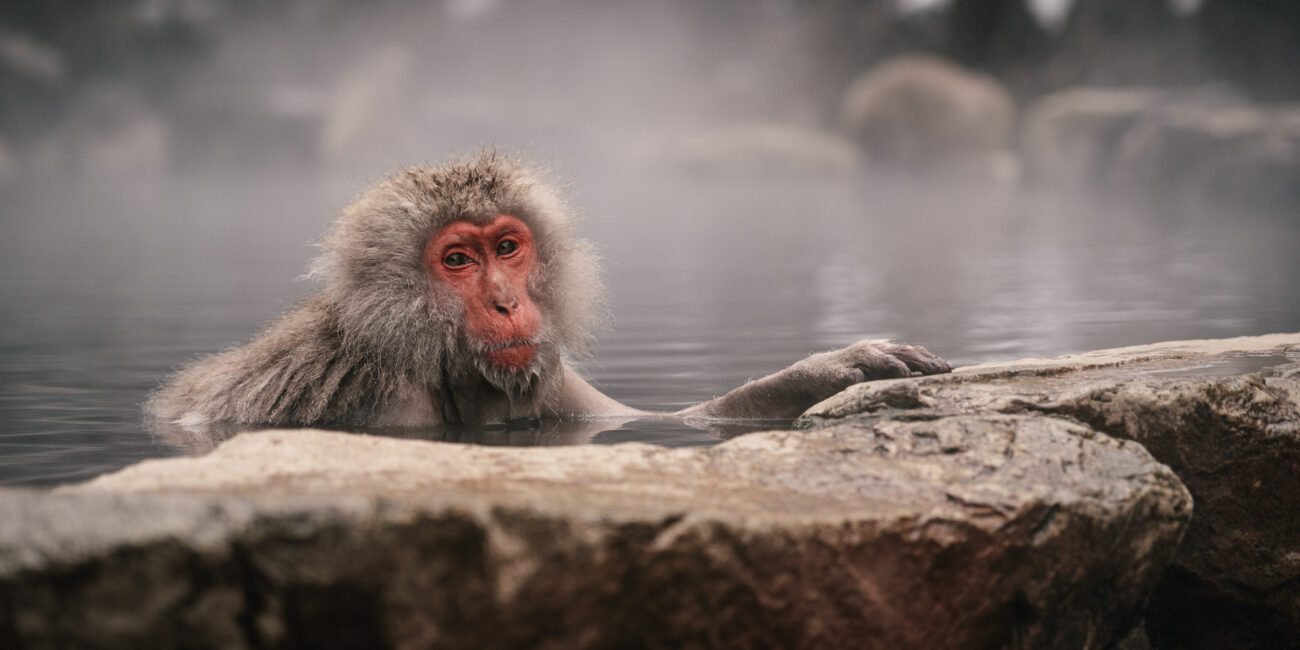
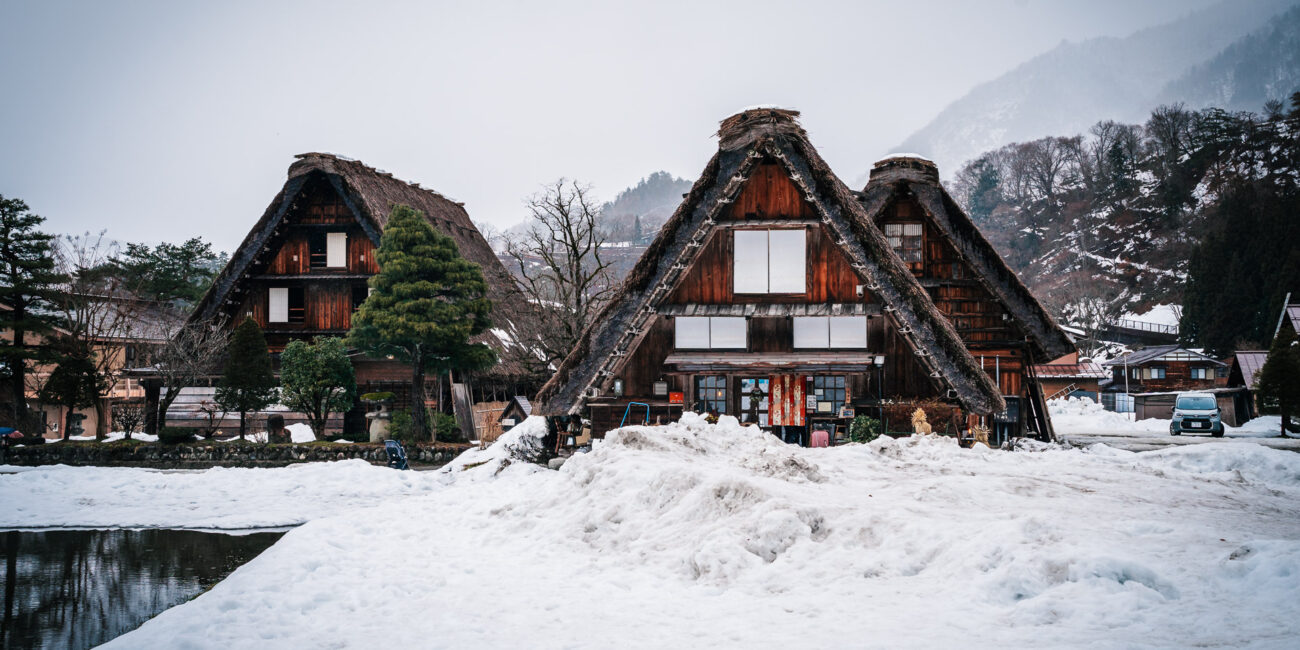
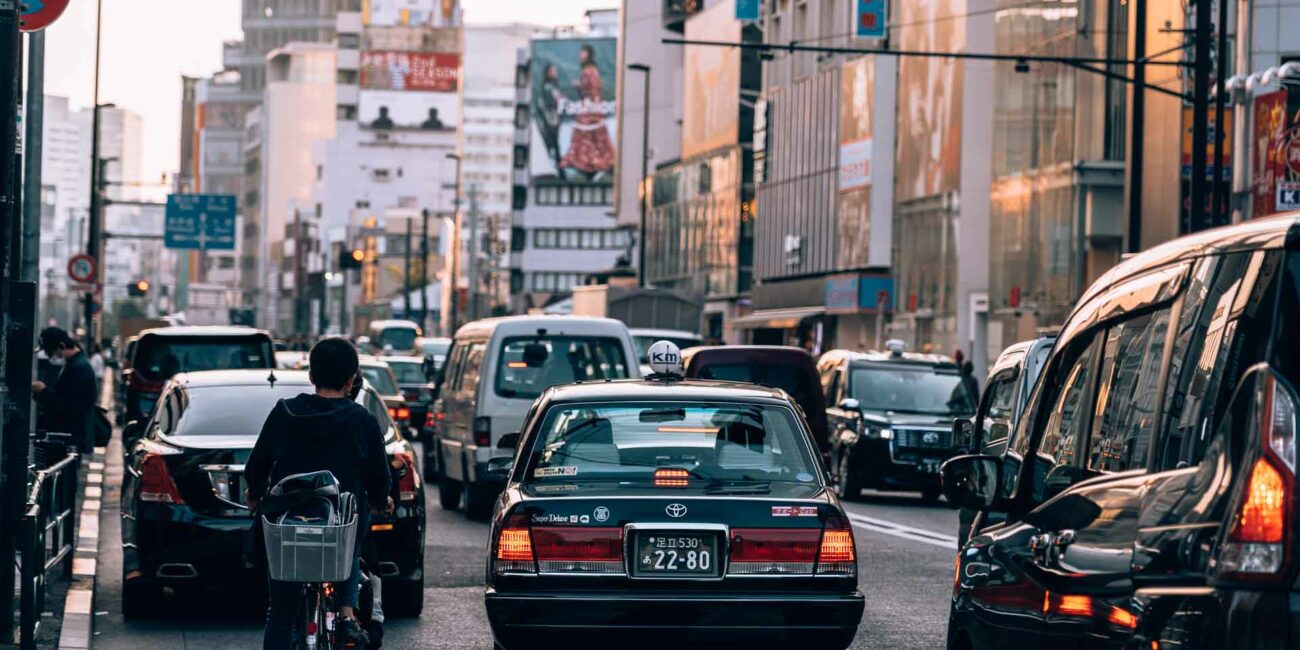
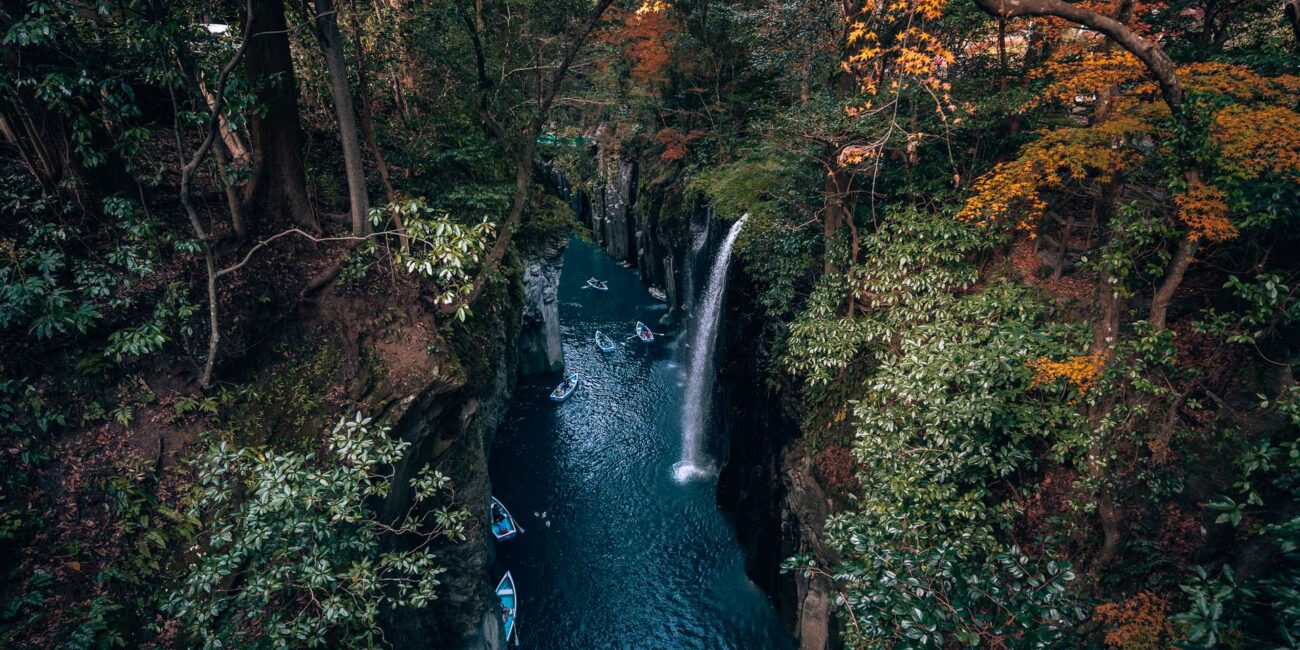
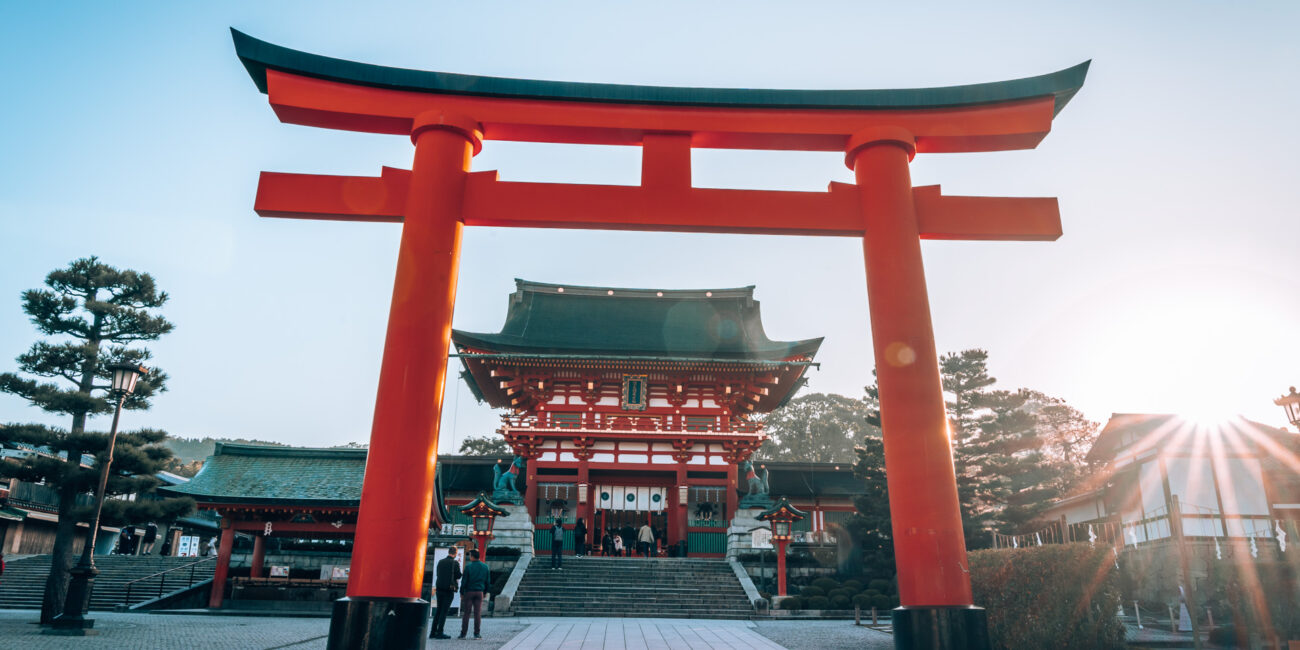
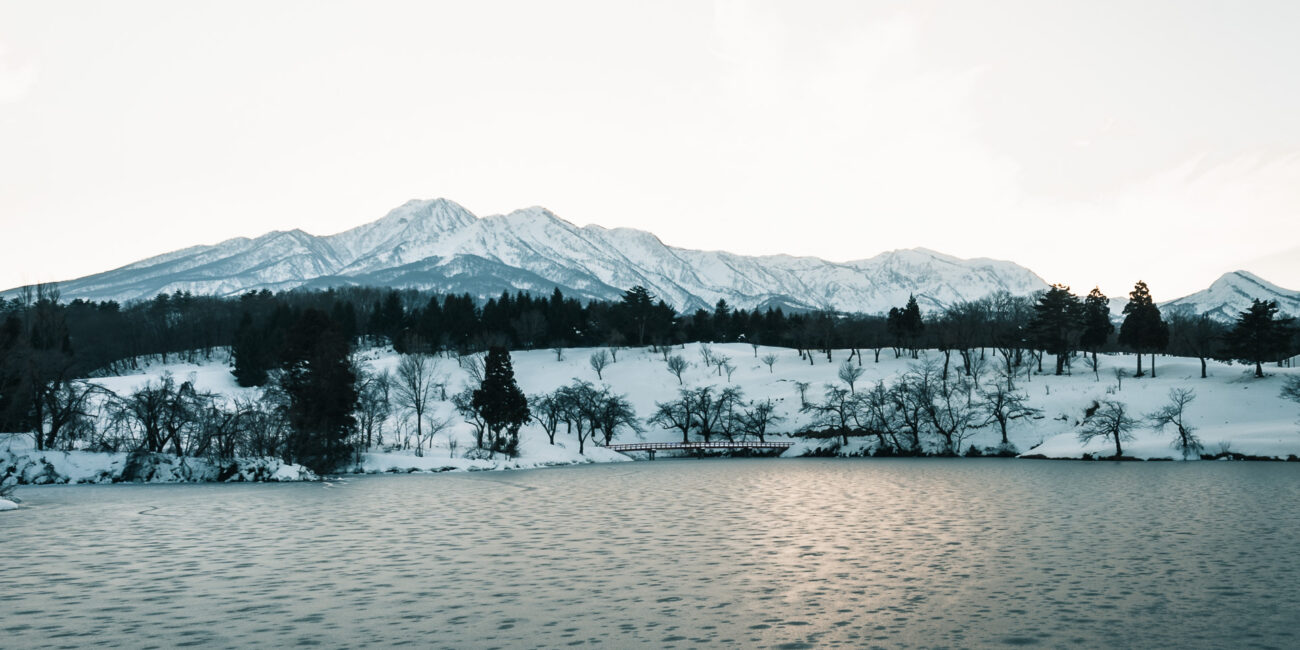
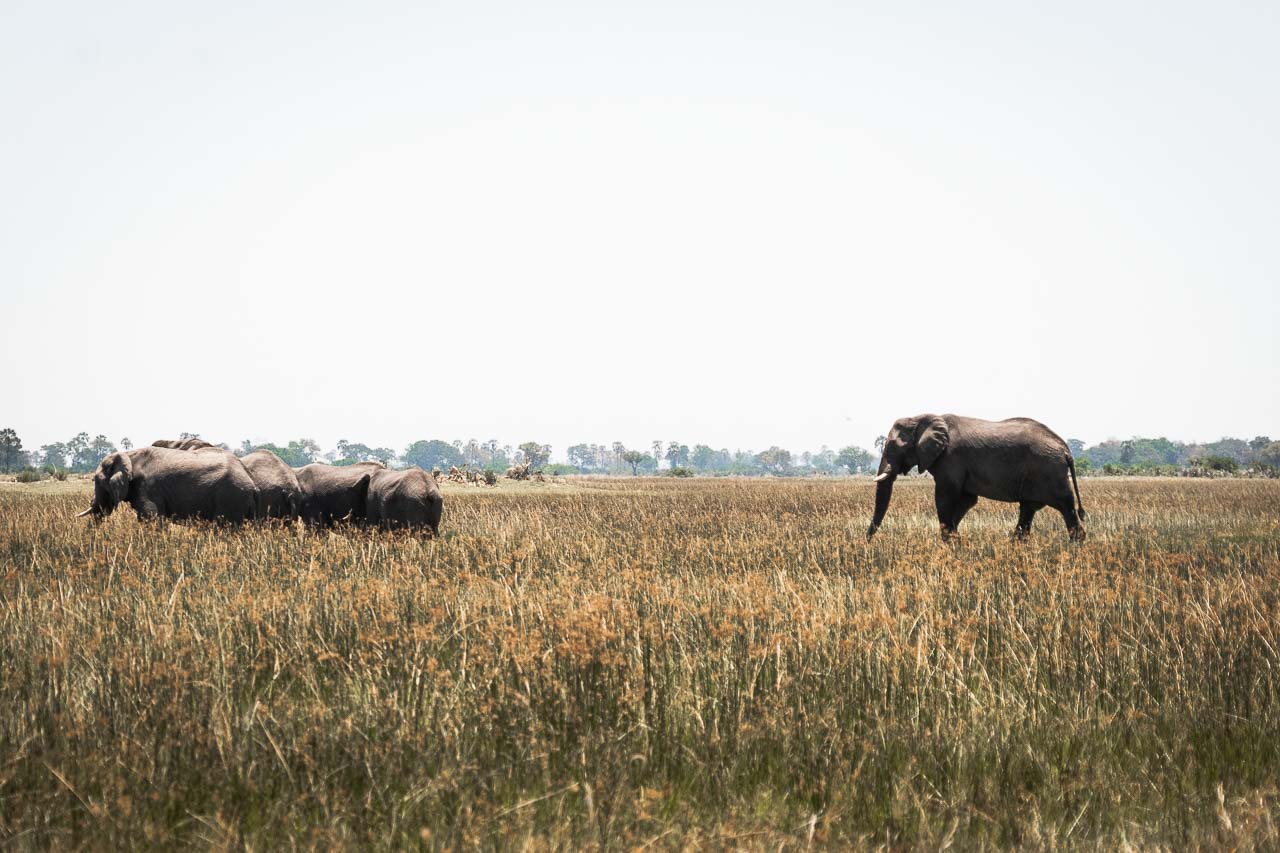

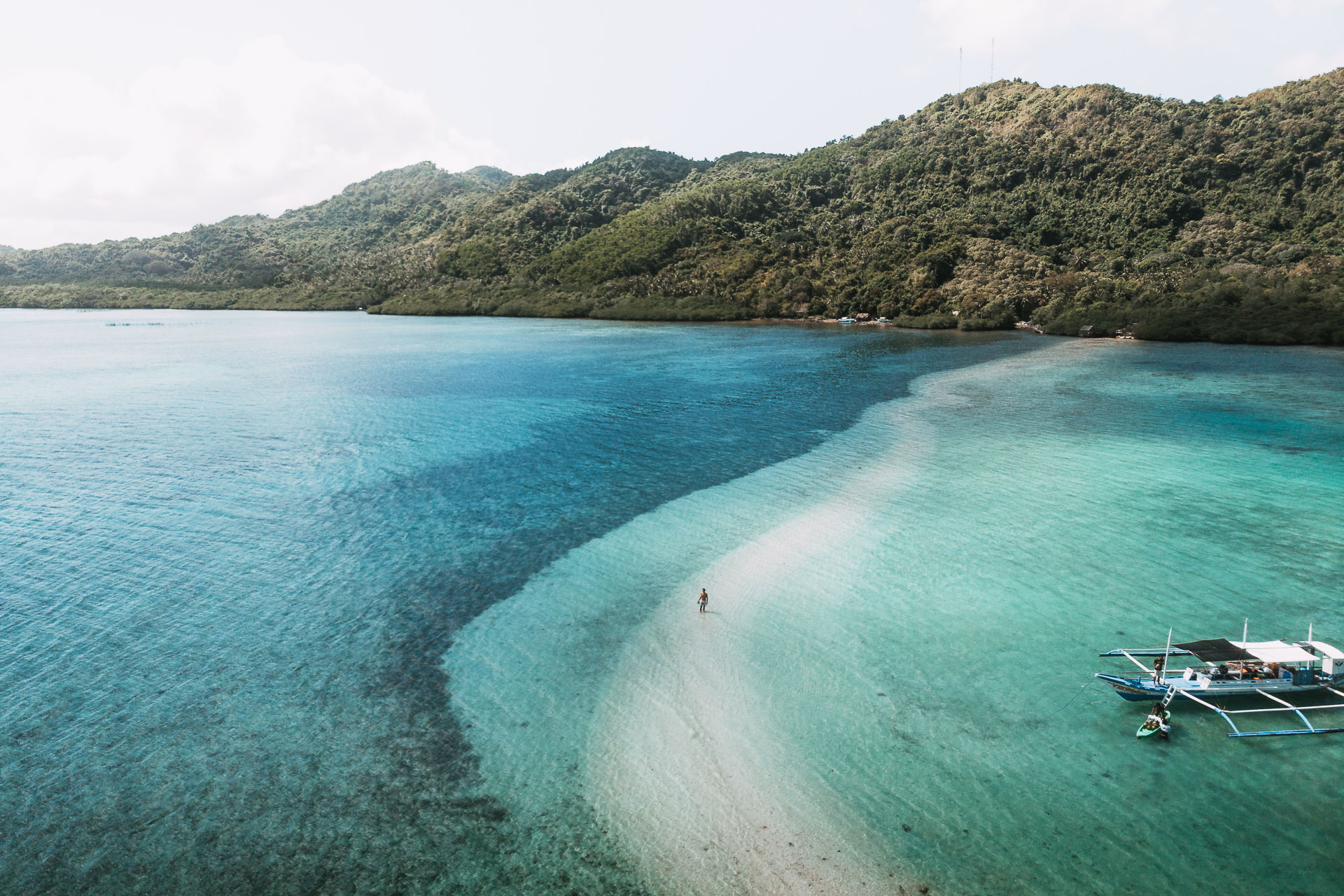
Pingback: Winter in Japan road trip: the best of the Chubu region in 7 days